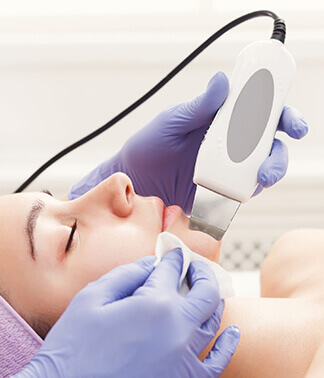Tear Duct Drainage Surgery

Tears are produced by the lacrimal gland and drain through tiny channels in the eyelids called canaliculi. From the canaliculi, the tears drain through the lacrimal sac and nasolacrimal duct into the lower part of the nose. There can be too much tear production or a blocked tear outflow system. The consequences of excess tearing from a blocked tear duct include persistent blurred vision, tears running down the cheek, and chronic red eye.
In order to determine the degree of obstruction and the site of the blockage, Dr. Schlessinger will flush the tear ducts with saline. Flushing the system is a simple in-office procedure and causes no discomfort. For some patients, there is relief of the symptoms – but for most this is only temporary relief, requiring additional care. Surgery is necessary to treat those with severe obstruction of the tear ducts or those who have repeated infections of the system. The operation required is called Dacryocystorhinostomy (DCR), in which a new channel is created to allow tears to drain into the nose again. Specific operations depend on the site of obstruction. A DCR is a ‘same day’ procedure performed at our ambulatory facility.
Tearing Disorders & Drainage
The eyelids play a key role in protecting the eyes. They sweep away debris when the eyes close and help spread moisture (tears) over the surface of the eyes when they open. The eyelids provide a physical barrier against injury by closing rapidly when needed. Tears are produced constantly by the lacrimal gland, located under the upper eyelid.
Tears are essential because they form a thin film that coats the front surface of the eye and prevents it from becoming dry. Normally, tears are quickly drained from the eye through a complex system of channels that lead from the inner corner of the eyelids into the nose. This system of channels is called the lacrimal drainage system.
Tearing disorders may be due to irritation of the eye or disorder of the drainage system. A simple test performed in our office can determine the cause of a tearing disorder.

For additional information about our services, call us at 516-496-2122 or click here to request a consultation.



